Polar Grit X2 Pro vs Garmin Epix Pro: Which premium adventure watch should you buy?
Polar Vs Garmin in a battle of their best watches
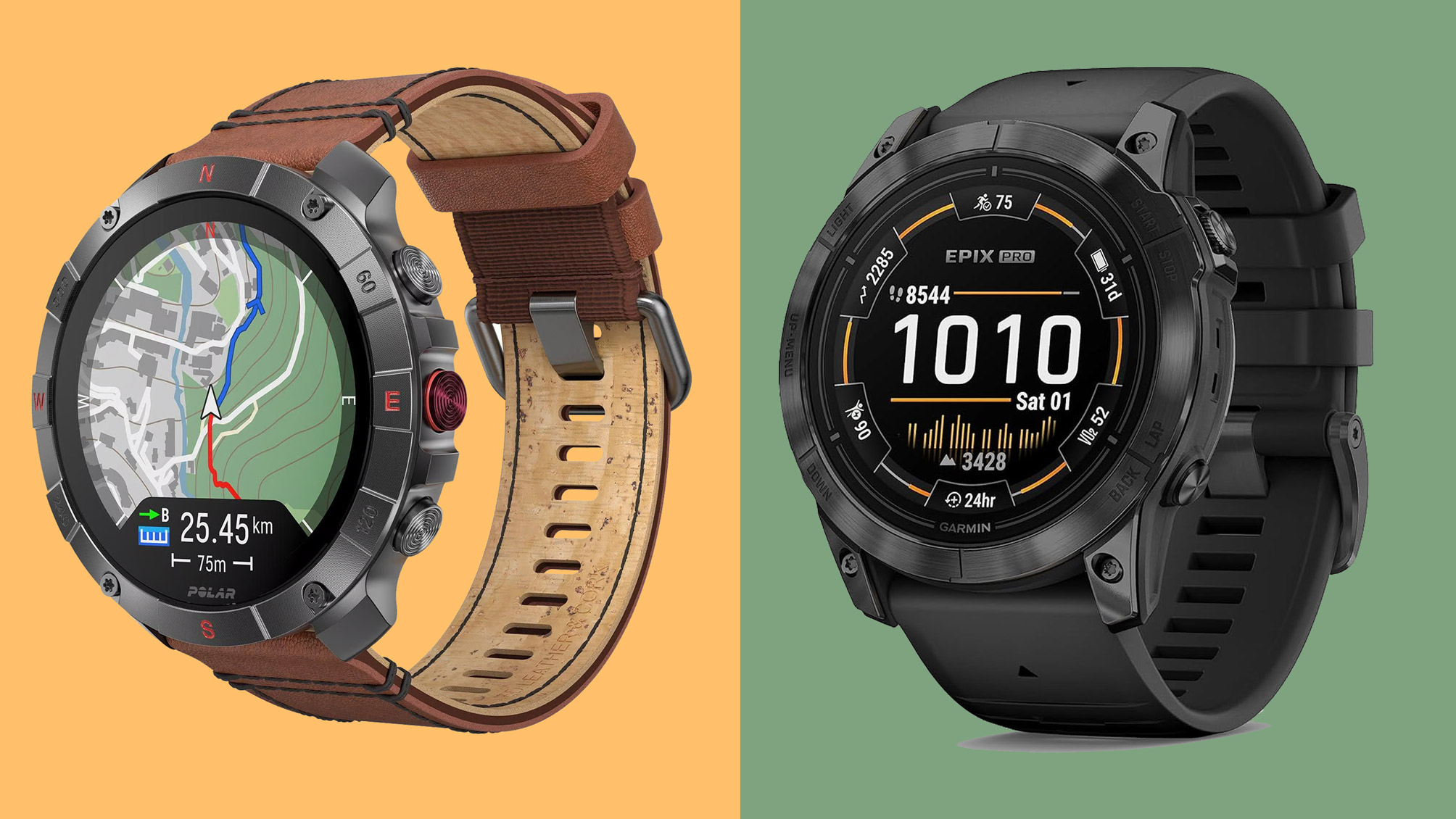
The Garmin Epix Pro and the Polar Grit X2 Pro are two rugged, multisports watches that are firmly built for those whose idea of fitness fun is hiking, as opposed to smashing out sets in a HIIT class.
These are two watches that come packing color screens reminiscent of the best smartwatches rather than the best running watches, and these watches aim to make both outdoor sports and non-sporting smarts more enjoyable to use.
We’ve tested both the Epix Pro and the Grit X2 Pro, so we’re on hand to help tell you the key differences between the companies’ best outdoor watches.
Polar Grit X2 Pro vs Garmin Epix Pro: Price and availability
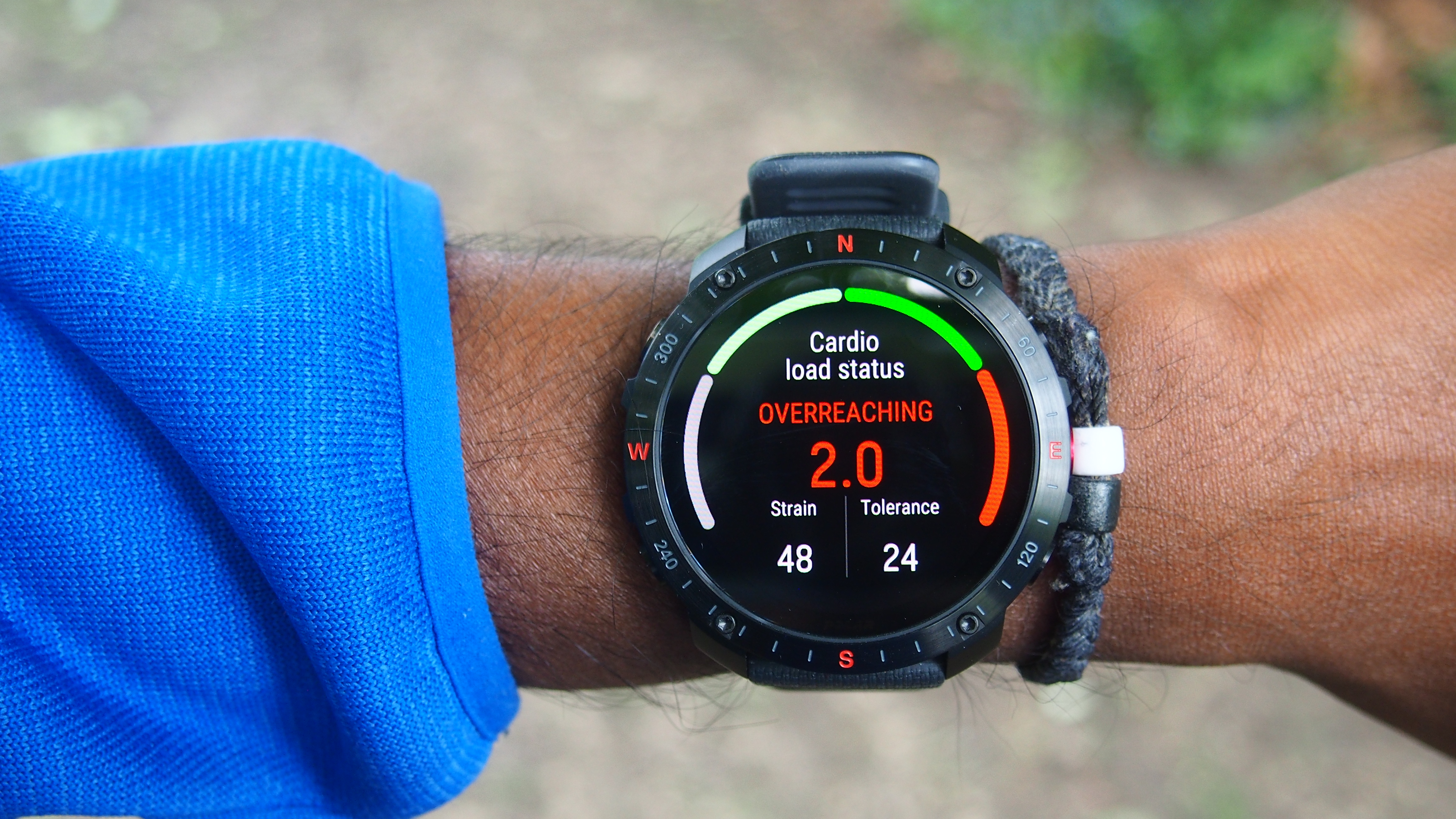
The Garmin Epix Pro launched first, back in Spring 2023 and is available to buy directly from Garmin and also a host of other retailers including Amazon and region-specific sellers, such as Dick's Sporting Goods in the US and John Lewis in the UK. The Polar Grit X2 Pro was officially announced in March 2024 and is a little harder to get hold of outside of grabbing it from Polar. Though that’s likely to change once it’s been out a little while longer.
Price-wise, the Grit X2 Pro comes in one size and costs £649 if you opt for the version with a stainless steel front case or £749 for the Titan version, which gives you titanium in place of that steel. For the Garmin Epix Pro, you’ve got your choice of three case sizes, with pricing starting at £739.99 for the smallest model and £829.99 for the largest Epix Pro.
So you can pick up the Grit X2 Pro for less and you will pay a fair bit more even for the cheapest Epix Pro model.
- Winner: Polar Grit X2 Pro
Polar Grit X2 Pro vs Garmin Epix Pro: Design
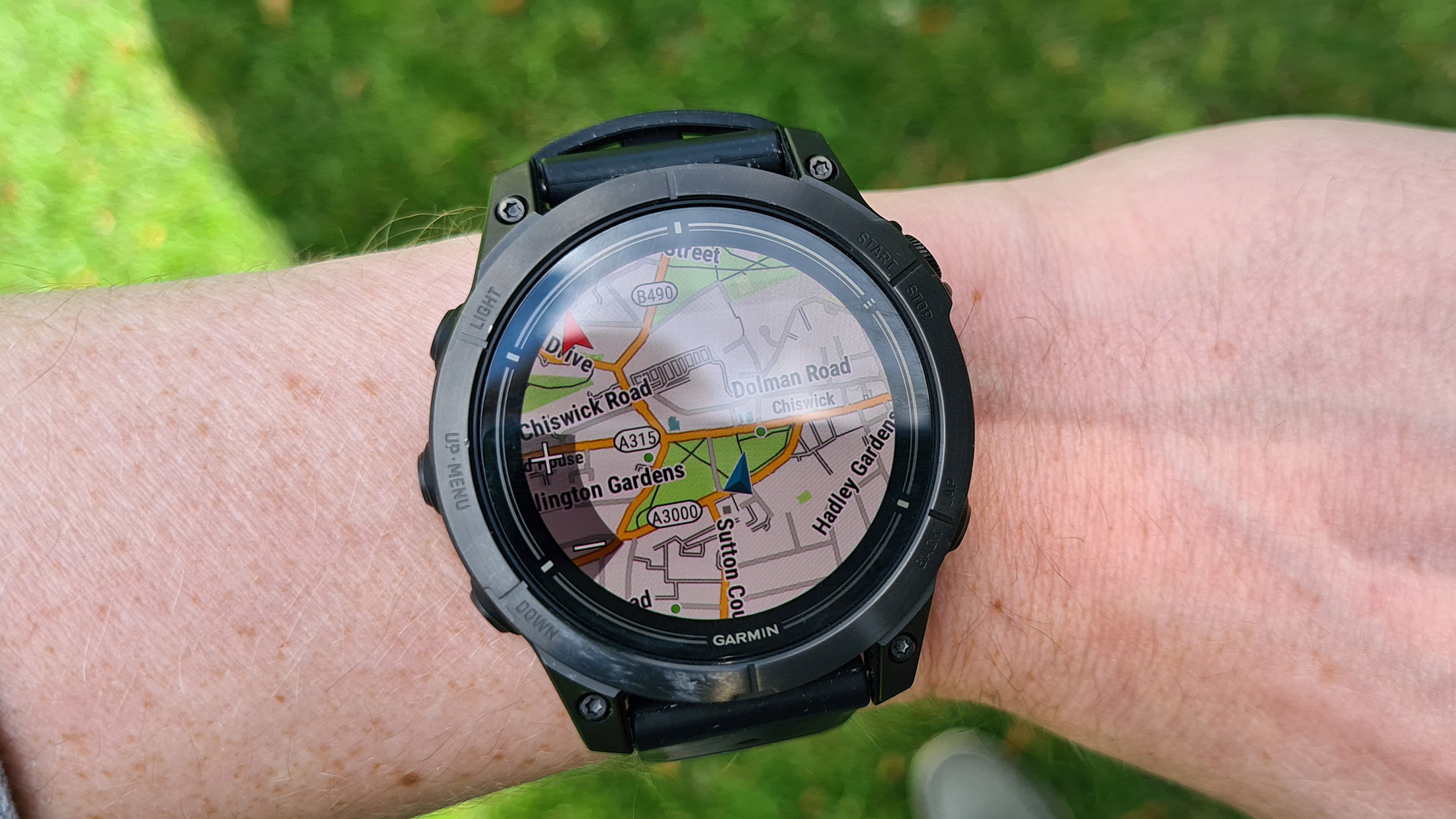
Elegant ruggedness seems to be the aim with both of these watches, and they do certainly achieve that. They feel like watches you’d want to wear all day while also feeling like they’re built to handle some rough-and-tumble.
If you want size options, then it’s the Epix Pro you want. It has 42mm, 47mm and 51mm case sizes, while the Grit X2 Pro is only available with a 48.6mm-sized case. So that means it sits closer in stature to the 47mm Epix Pro.
In terms of case materials, the Grit X2 Pro comes in either stainless steel or titanium case front, with the titanium option pushing the price up. It’s the same story for the Epix Pro, with the same case materials on offer with titanium once again pushing the price up.
Comparing the 47mm Epix Pro and the Grit X2 Pro in terms of heft and thickness, the Polar watch weighs in lighter at 57g compared to 70g on the Epix Pro. The Garmin is also 1mm thicker than the Grit X2 Pro. So, if you want the lighter and thinner watch, it’s the Grit X2 Pro, even if you compare it to the smallest 42mm Epix Pro.
If you want strap options, you have that here with both watches. Both come with silicone ones that are typically sporty in look and level of comfort they offer. You can also remove those straps and use them with official and third-party straps; Polar and Garmin offer leather and nylon bands if you want to switch things up. Both are even stevens on waterproofness, with each watch suitable to be submerged in water up to 100 meters depth, making them well-built for both pool and open water swimming.
Garmin and Polar both use a combination of physical buttons and touchscreen to get you around the respective proprietary operating systems. Polar’s buttons have a more textured finish to Garmin’s smooth ones, making them easier to get to grips with mid-session, when hands are sweaty or you’re wearing gloves.
Polar includes a single 1.39-inch, 454 x 45 px resolution AMOLED, display that can be set to stay always-on. Garmin has three screen sizes available; the 42mm Pro has a 1.2-inch, 390 x 390 px AMOLED, the 47mm Pro has a 1.3-inch, 416 x 416 px one, and the largest 51mm Pro packs in a 1.4-inch, 454 x 454 px resolution. The largest Epix Pro model offers similar screen estate and resolution to the Grit X2 Pro.
It’s also worth mentioning what’s protecting those screens with Polar using sapphire glass to offer a defence against scratches. Garmin uses sapphire too, though only on the Pro Sapphire version of the Epix Pro, which again pushes the price up.
The quality of both AMOLED screens is very good overall. They’re bright, colourful and crucially offer good viewing angles both indoors and outdoors. If you choose not to keep the screens on at all times, the raise-to-wake support on the Garmin watches is more responsive and makes keeping the screen off when not glancing at it more manageable.
- Winner: Tie
Polar Grit X2 Pro vs Garmin Epix Pro: Features
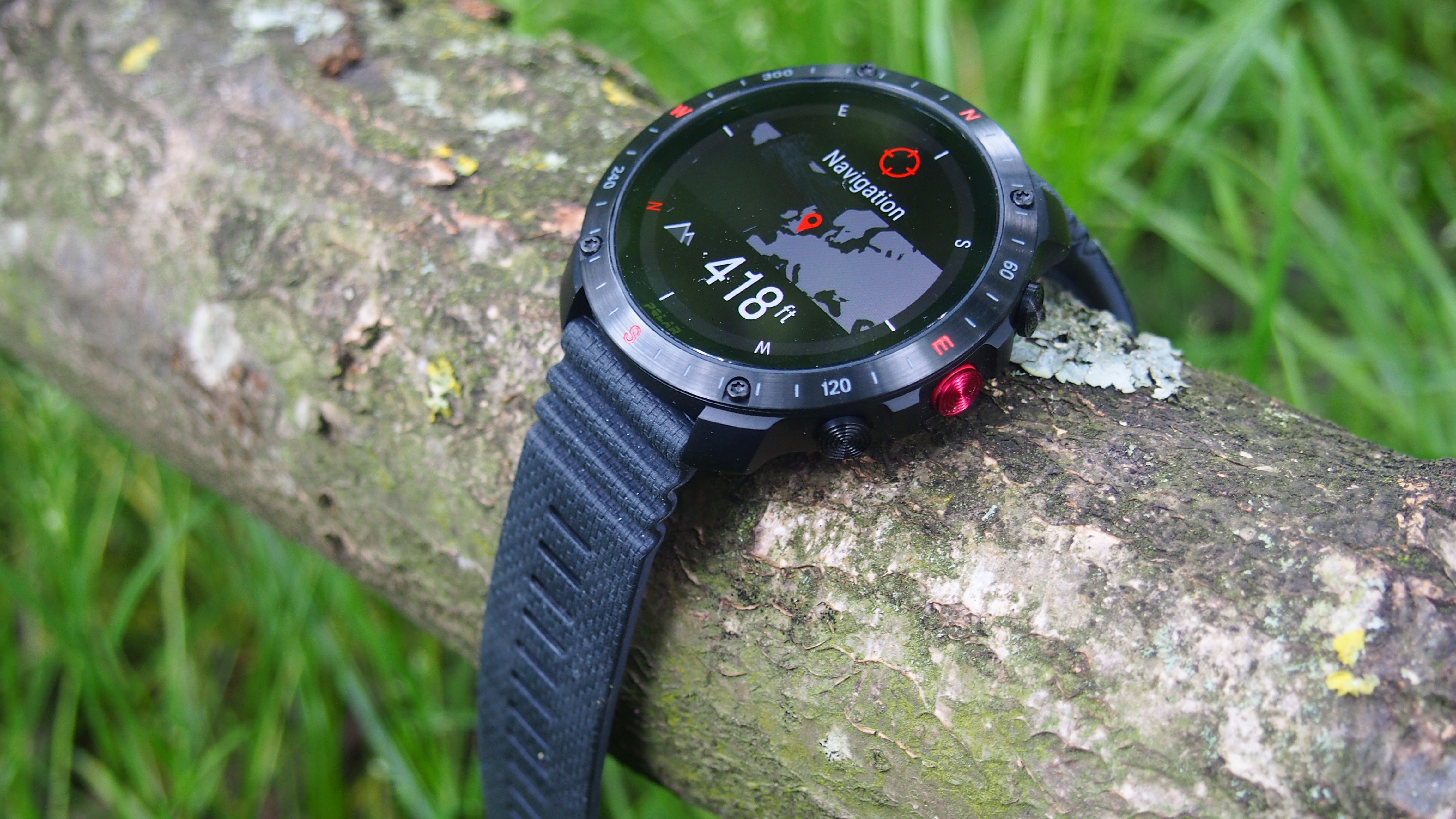
These are expensive watches, but in return for your money, they do offer a lot of functionality. They’ll track your activity (both indoors only using health metrics such as heart rate, and outdoors with GPS systems), help you navigate and find your way around, offer training insights, and can be useful when you’re not going on an adventure.
Sensors like optical heart rate, SpO2 and barometric altimeters are on both watches, but the Grit X2 Pro notably includes a skin temperature sensor and an ECG, which you won’t find on the Epix Pro. Those additional sensors aren’t designed for medical use and instead aim to offer a boost in metrics, which you can lean on for insights into your general wellness and current state of training readiness. If you care about tracking your heart rate, both do a good job of it continuously, though are a little more inconsistent when tracking during exercise. We’d say the Epix Pro is more reliable in that tracking scenario, but in both instances we’d opt to pair them up with an external heart rate monitor chest strap for additional accuracy.
You’re also getting dual-band GPS modes here, which means a promised improvement in tracking outdoor activities where grabbing a reliable GPS signal can be problematic. That could be when tall buildings interfere with satellite signals or heavily wooded areas. The Epix Pro and the Grit X2 Pro both also offer the ability to view rich, topographic maps and use navigation tools to help guide you from start to finish and even get you back home. Maps come preloaded on both watches, but the level of mapping and navigation features on the Garmin is greater than what you get on Polar and even has less hoops to jump through to enjoy turn-by-turn navigation.
As training companions, there’s insights aplenty here on both watches. It really boils down to what you value in terms of those insights and the presentation of those insights. We’d say metrics on the Garmin such as your Training Readiness Score feel easier to take on board compared to Polar’s insights. Polar’s FitSpark suggested workouts are better presented and designed than Garmin’s workouts. If you want a watch to help you train for an event, both are well equipped to do that, but the Garmin just edges it out.
When not tracking your trail runs or hikes, these AMOLED-packing watches can behave like smartwatches. The Epix Pro will offer you more on that front however. Along with smartwatch staples like notifications and music controls, it also packs in a music player, contactless payments and access to Garmin’s Connect IQ app storefront. It’s a more basic affair with the Grit X2 Pro, which mainly offers somewhere to view notifications and control music playing on your phone.
- Winner: Garmin Epix Pro
Polar Grit X2 Pro vs Garmin Epix Pro: Performance & Battery Life
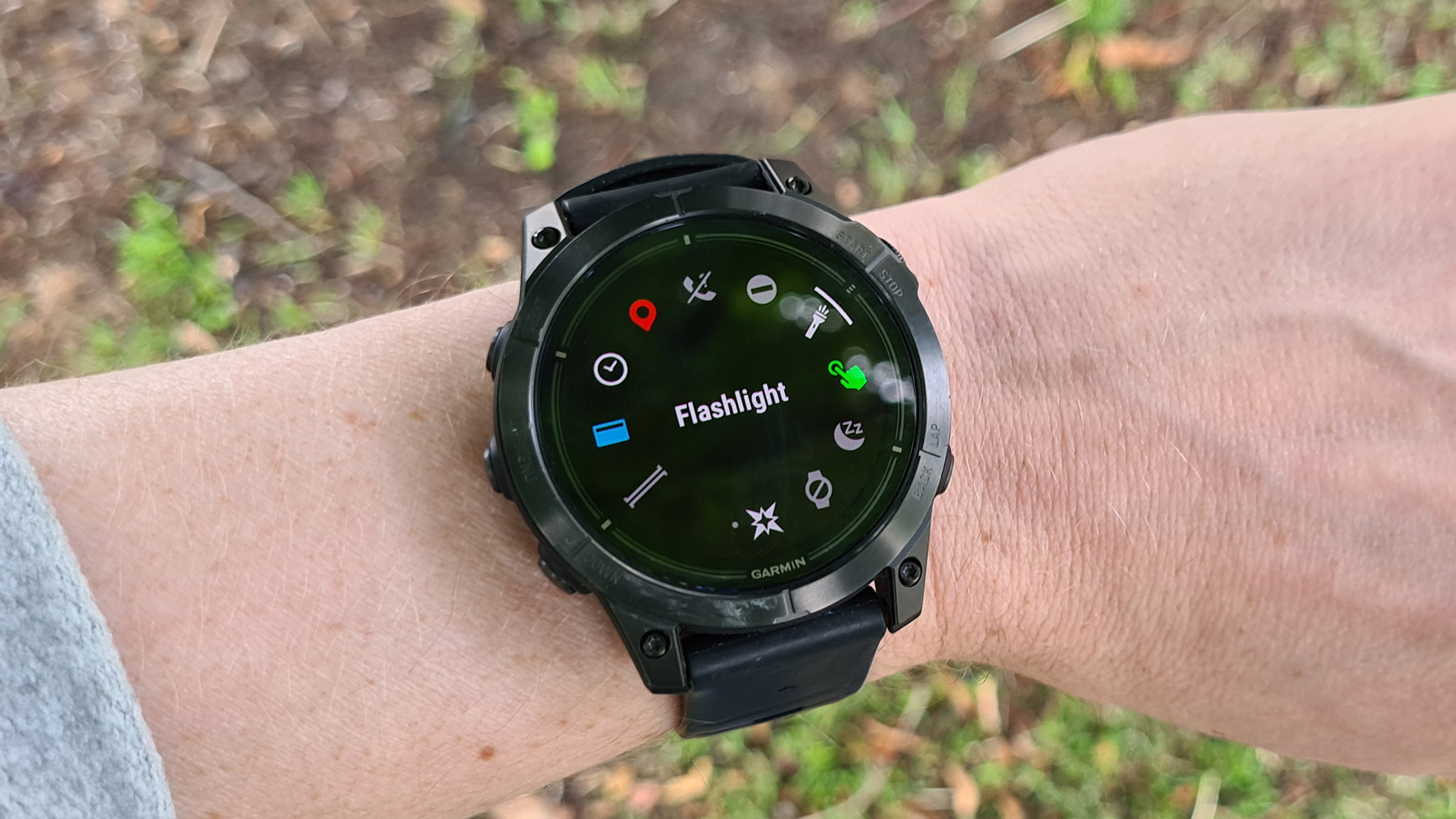
Polar has focused on boosting performance compared to its previous laggy Grit instalments. So it’s promising a 275 Mhz CPU Speed, 37MB of memory and roughly the same 32GB of storage that Garmin offers. Garmin in contrast doesn’t share its CPU speeds or memory specs, but both watch softwares run nice and smoothly. If you want training tools that feel like they run like smartwatches, that’s absolutely the case here.
When it comes to battery life, there’s a few ways to break things down. Firstly, is the promised battery life in smartwatch mode. It’s up to 10 days for Polar, but for Garmin, it’s anywhere from 10 to 31 days depending on which size you go for. That 31 day-figure applies to the larger 51mm Epix Pro.
When you compare GPS battery numbers in those top dual-band modes, the Grit X2 Pro promises 47 hours and Garmin claims 13-38 hours, with that maximum 38 hours tied again to the 51mm Pro. Both watches offer low-power tracking modes that can push things further. Factoring in keeping the screens on at all times sees those numbers in smartwatch and GPS modes drop, with Polar’s watch dropping a little quicker in our testing.
If you’re looking for a watch that can last you a week with regular use of GPS tracking, continuous wellness monitoring and smartwatch features, the Grit X2 Pro and the Epix Pro can handle it. If you want the very best battery life in general though, it’s the 51mm Epix Pro that’s going to give you that.
- Winner: Garmin Epix Pro
Polar Grit X2 Pro vs Garmin Epix Pro: Conclusion

We’ll start by saying that if you’re looking for a really reliable, good-looking and well-built multisports outdoor watches then both the Polar Grit X2 Pro and Garmin Epix Pro fit the bill. The core sports tracking and training analysis you’ll enjoy here is solid across the board and while they’re not perfect in all departments, there’s certainly more good than bad.
If you want the watch with the best mapping and navigation support, richer smartwatch features and a more user-friendly experience, we say go for the Epix Pro. If you want to spend less and get an outdoor watch with a good AMOLED screen, an attractive design, good array of training and sports features and you’re happy to stick to the smartwatch basics, then the Grit X2 Pro is worth looking at.
Ultimately though, it feels like it’s worth spending a little extra to get a more accomplished package in the form of the Epix Pro.
You might also like...
Get daily insight, inspiration and deals in your inbox
Sign up for breaking news, reviews, opinion, top tech deals, and more.
Michael is a freelance journalist who has covered consumer technology for over a decade and specializes in wearable and fitness tech. Previously editor of Wareable, he also co-ran the features and reviews sections of T3, and has a long list of bylines in the world of consumer tech sites.
With a focus on fitness trackers, headphones, running wearables, phones, and tablet, he has written for numerous publications including Wired UK, GQ, Men's Fitness, BBC Science Focus, Metro and Stuff, and has appeared on the BBC Travel Show. Michael is a keen swimmer, a runner with a number of marathons under his belt, and is also the co-founder of YouTube channel The Run Testers.
